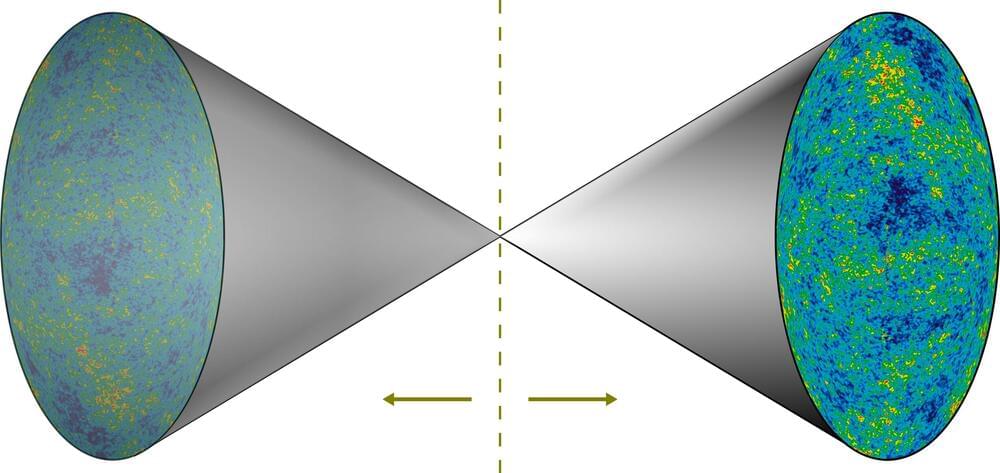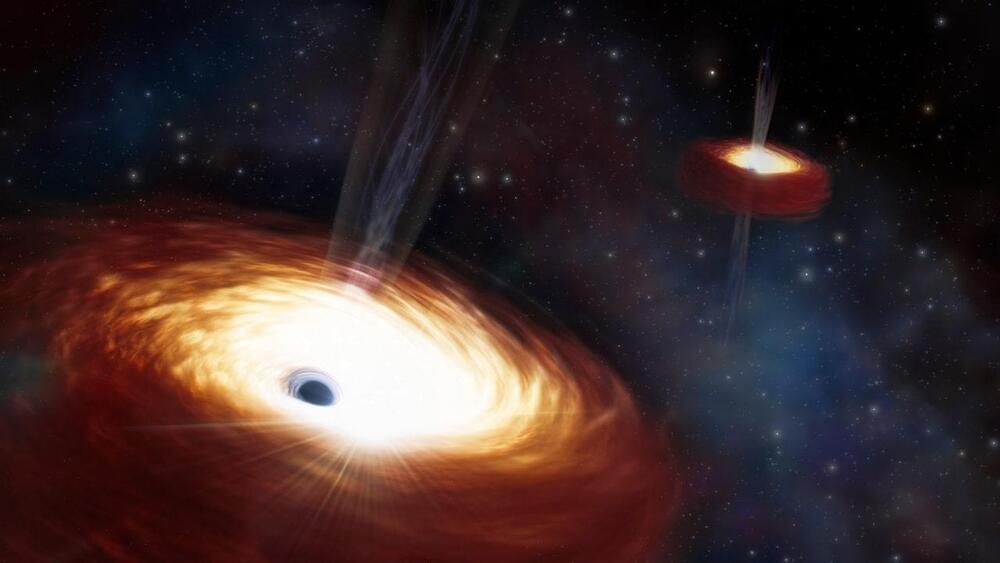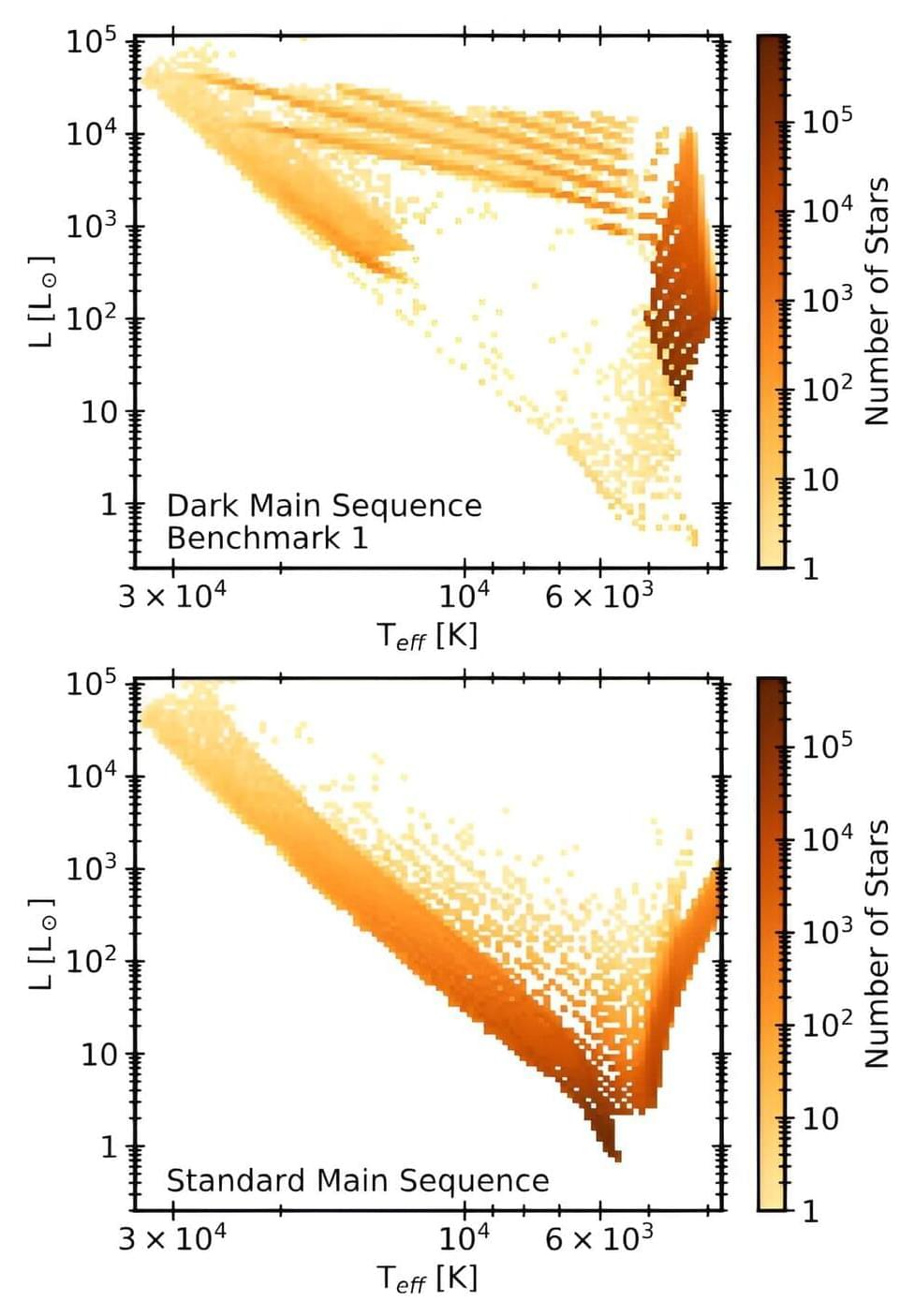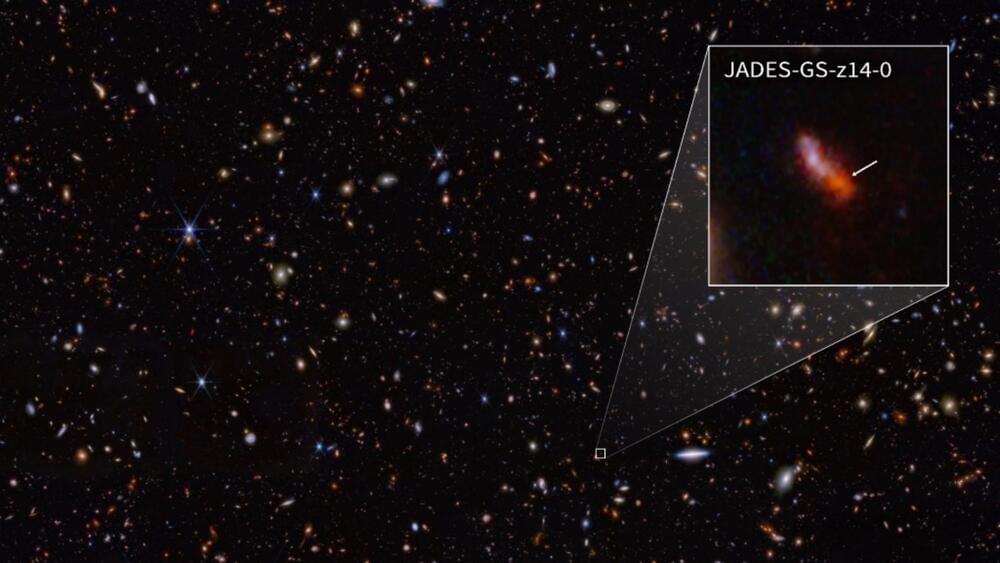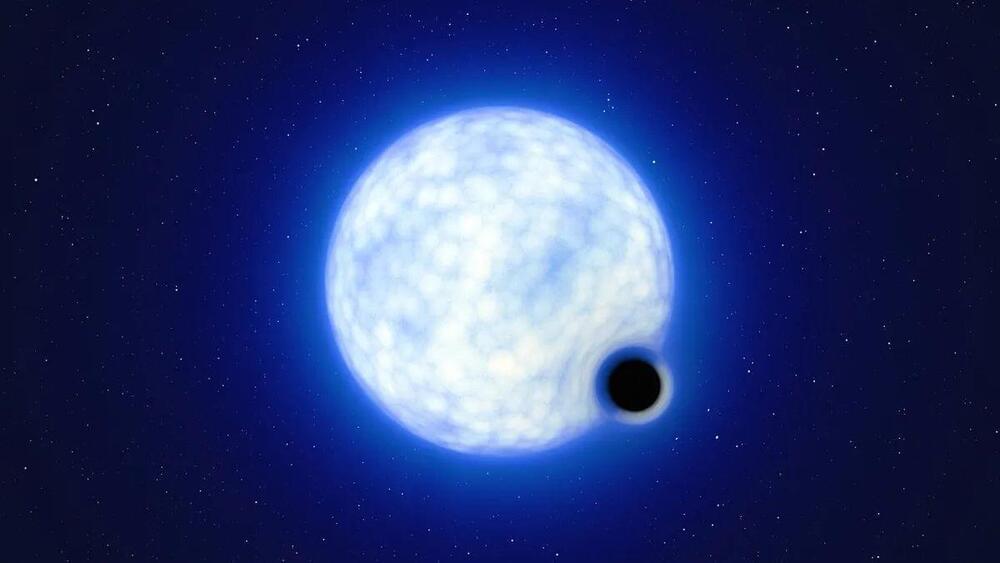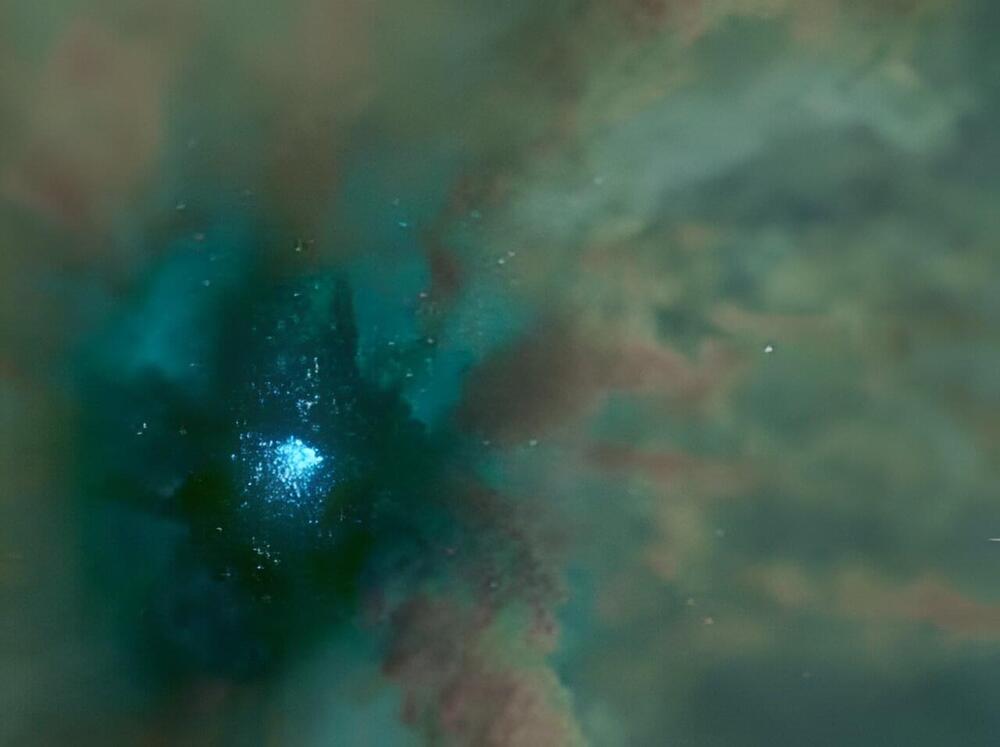Jun 4, 2024
New model suggests partner anti-universe could explain accelerated expansion without the need for dark energy
Posted by Paul Battista in categories: cosmology, information science, quantum physics
The accelerated expansion of the present universe, believed to be driven by a mysterious dark energy, is one of the greatest puzzles in our understanding of the cosmos. The standard model of cosmology called Lambda-CDM, explains this expansion as a cosmological constant in Einstein’s field equations. However, the cosmological constant itself lacks a complete theoretical understanding, particularly regarding its very small positive value.
